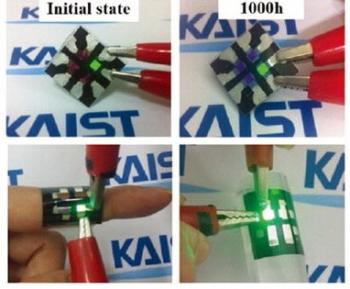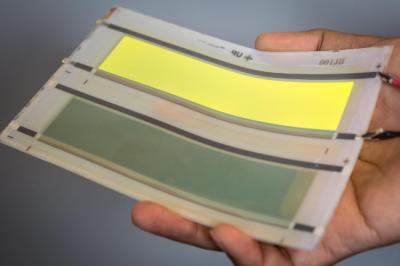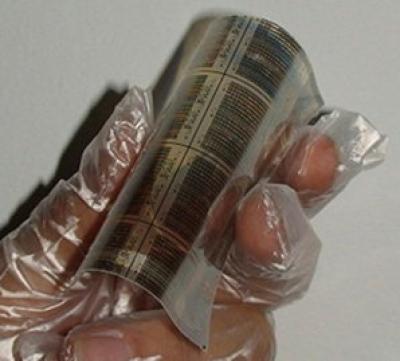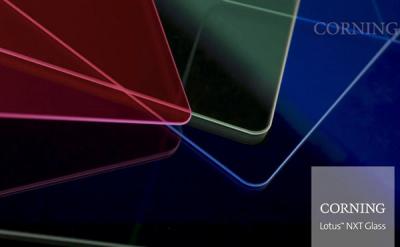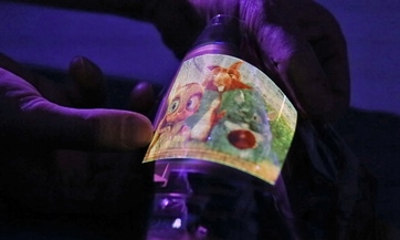The DoE grants two new SBIR OLED lighting projects
The US Department of Energy (DoE) announced new SBIR and STTR grants for solid state lighting projects. The DoE announced five new grants out of which two are related to OLED technologies.
Pixelligent Technologies were awarded an SBIR project titled "Light Extraction for OLED Lighting with 3-D Gradient Index". This project will explore the application of a novel and unique 3D gradient index (GRIN) layer to improve the efficiency and lifetime of OLED devices. Using such a unique structure, OLEDs could be produced that achieve the theoretical maximum extraction efficiency.
